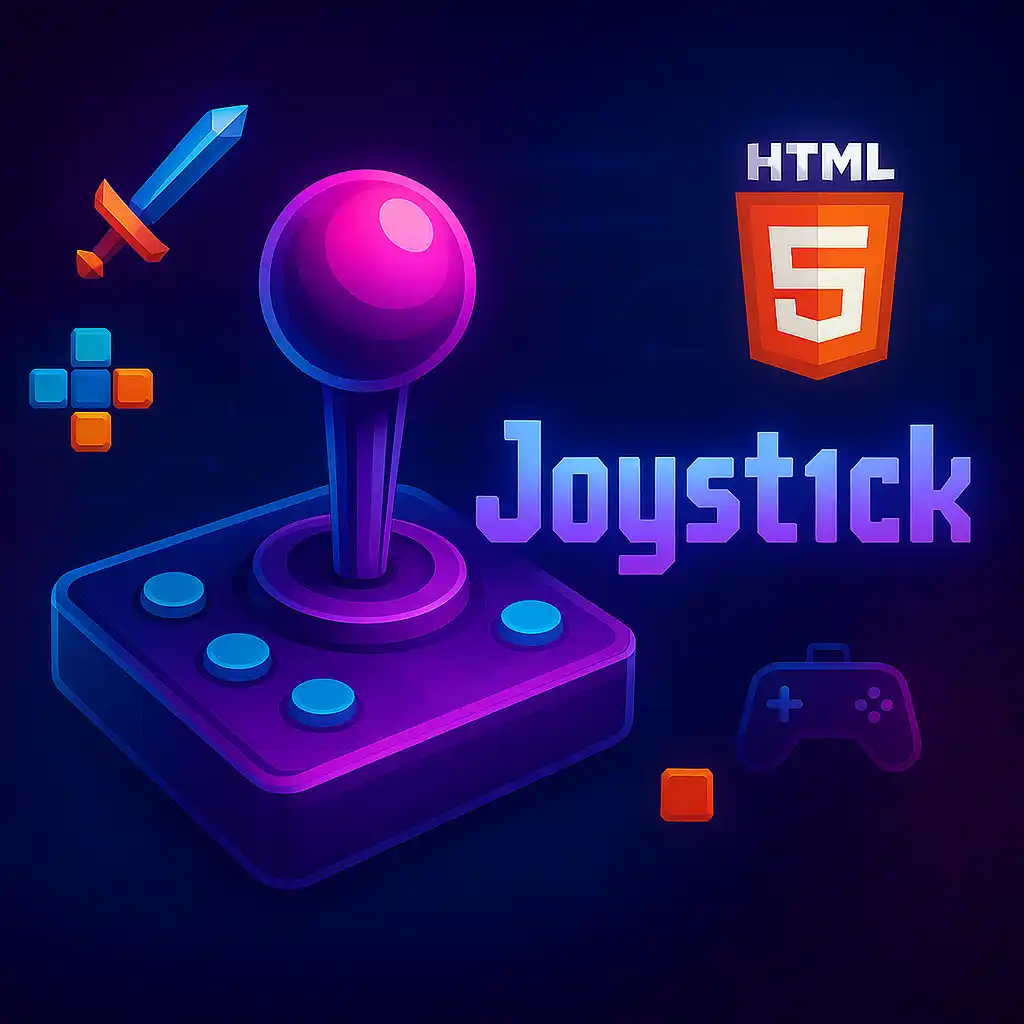Table of Contents
Creating a Jumping Mechanic in Scratch
Understanding the Basics
In Scratch, building a jumping mechanic involves utilizing several fundamental programming blocks and logic sequences. Implementing jumping requires us to manage gravity, control sprite movements, and interact with platforms. We’ll detail the essential steps and blocks needed to achieve a smooth jumping experience.
Key Scratch Programming Blocks
- Control Blocks: Use
ifstatements to determine conditions under which the sprite can jump. - Motion Blocks: Utilize
change y byandset y tofor vertical movements. - Events Blocks: Use
when [key] pressedto initiate the jump. - Operators: Implement operators like
<and=to manage jump status and height.
Jump Logic and Implementation
- Initial Setup: Set an initial position for your sprite and make sure it starts from a predefined ground level.
- Gravity Simulation: Create a continuous effect of gravity by decreasing the sprite’s y-position, simulating a falling motion:
define apply gravity
repeat until
change y by -1
end - Jump Trigger: Use an event block to detect when the jump key (e.g., spacebar) is pressed. This transition initiates the jump motion:
when [space v] key pressed
set jumpHeight to 10
repeat until < or >
change y by 1
change jumpHeight by -1
end - Ground Detection: Ensure the sprite stops descending when it touches the ground using sensing blocks:
if then
set y to (ground level)
end Enhancing the Jumping Experience
To refine the jumping mechanic, consider adding animations to the sprite during the jump, using next costume or switch costume to blocks. Testing your game frequently will help tweak timings, jump heights, and behaviors to fit your game design.
Play free games on Playgama.com
